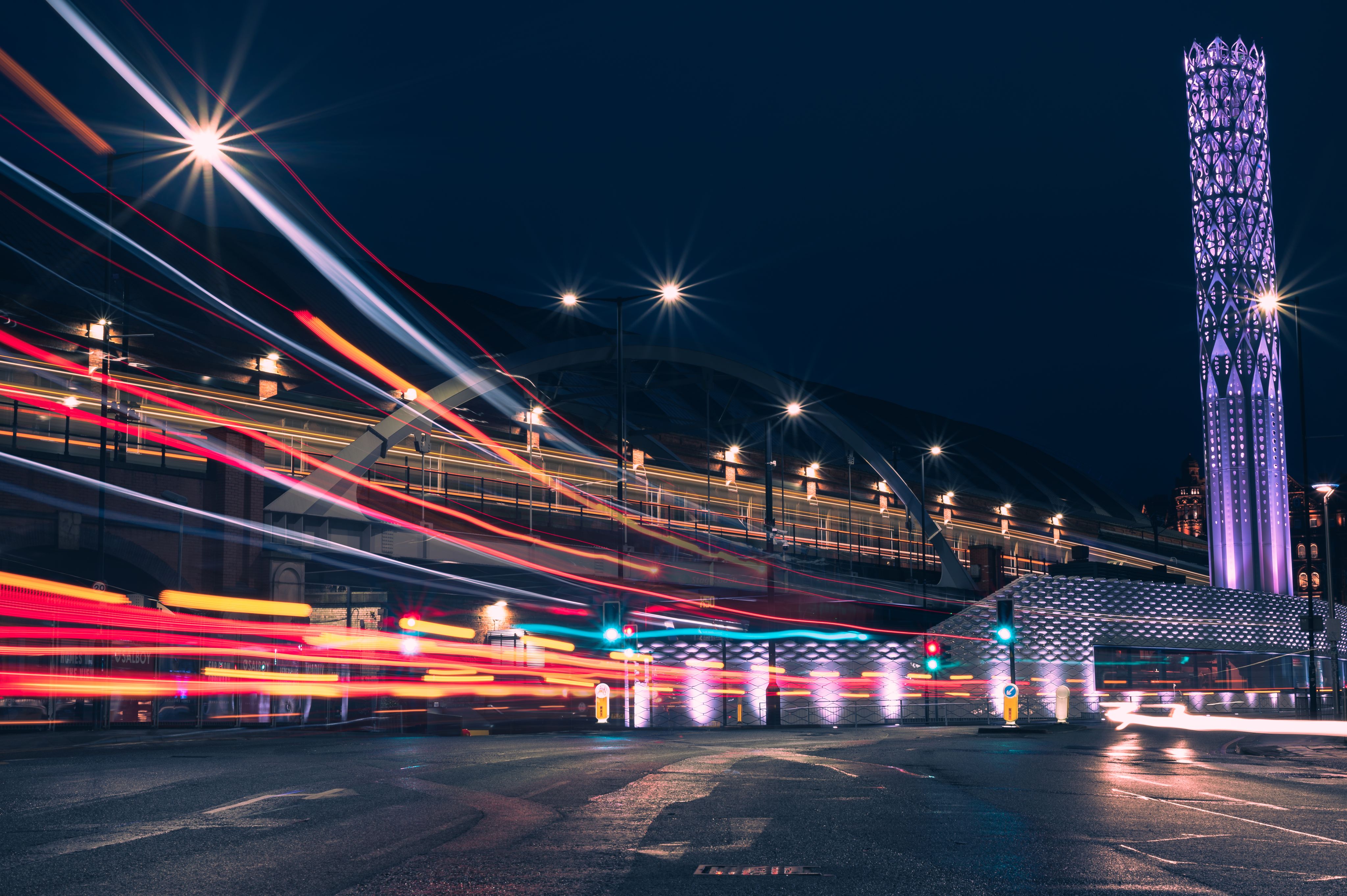Improving public services with AI transport models

Detailed transport models are critical for supporting infrastructure investment and increasingly to help local authorities understand their actions to decarbonise transport. Whenever a Local Authority makes a major decision around transport infrastructure, almost always that decision will have been based on a transport model: a simulation of passenger flows, and the likely effects of proposed changes. However, transport models are expensive and time consuming to build. Taking up to eighteen months to complete, they can also go out of date very quickly.
Supported through the UKRI Technology Missions Fund, delivered through the Innovate UK BridgeAI programme, a new AI project is helping to make the process of transport modelling much quicker and more efficient, whilst helping to cut carbon emissions. AI for Mass Model Automation uses artificial intelligence to address current manual approaches and develop an end-to-end pipeline for full model automation.
Our aim is to democratise models, so that everyone can see how they've been made and applied
Laurence Oakes-Ash
Co-Founder and CEO of City Science

Laurence Oakes-Ash is co-founder and CEO of City Science, an engineering and data consultancy based in Exeter with a focus on sustainability. City Science helps local authorities and organisations responsible for transport, energy and infrastructure achieve meaningful and quantifiable carbon reductions, by modelling complex, robust scenarios quickly and efficiently.
For him, automating transport modelling not only means that models can be produced faster and more cheaply: the way they are used becomes more transparent, too. “At the moment these models are used to make decisions involving huge amounts of public money, but it can be difficult for the public to see exactly how those decisions have been taken, and what they’ve been based on. Currently, only certain people have access to the underlying transport models. Partly our aim is to democratise these models, so that everyone can see how they have been made and applied.”
City Science helps organisations responsible for transport, energy and infrastructure achieve meaningful and quantifiable carbon reductions, by modelling complex, robust scenarios
Having completed a feasibility study, the project now involves building large-scale models for a sub-national transport body. AI is being used in the current manual parts of the modelling process that can be particularly time consuming: especially the process of calibration, in which a model is used to show alternative possibilities if some of its variables (such as passenger numbers) were to alter slightly.
City Science is working with its academic partner University of Exeter. This collaboration unites AI scientific expertise with CityScience’s real-world transport network experience to accelerate
UKRI Technology Missions Fund
The UKRI Technology Missions Fund is designed to exploit the UK’s global leadership in transformative technologies to help solve specific problems, whilst also helping cement that leading position. Overall, UKRI is investing £320 million in Technology Missions to enable new and existing capabilities and capacity in artificial intelligence, engineering biology, future telecommunications and quantum technologies in the years 2023 to 2025 and beyond.
Find out more
Find out more about the UKRI Technology Missions Fund
Find out more about Our strategy 2022 to 2027
Find out more about how we are supporting Tomorrow’s Technologies



